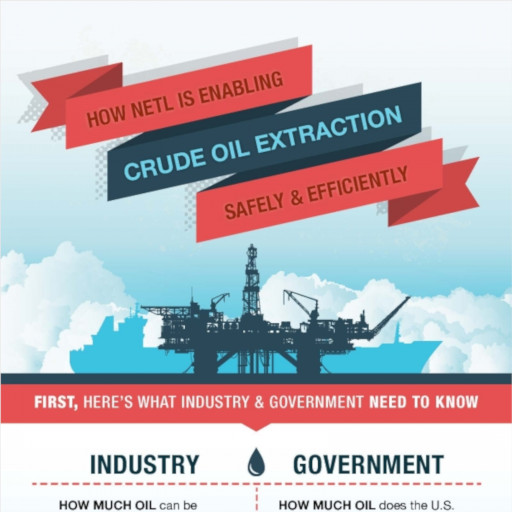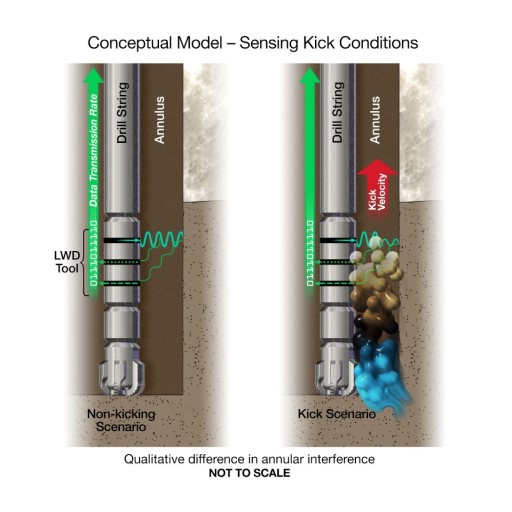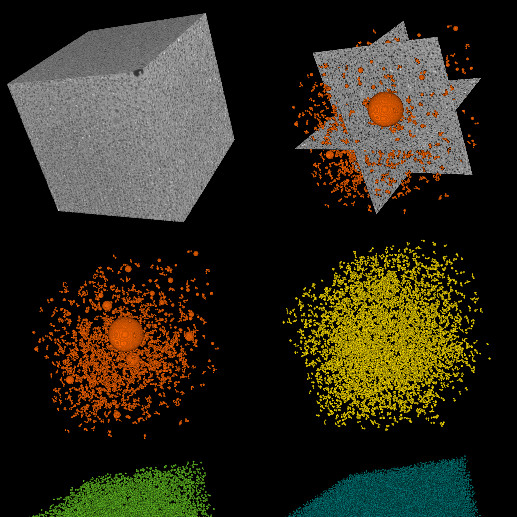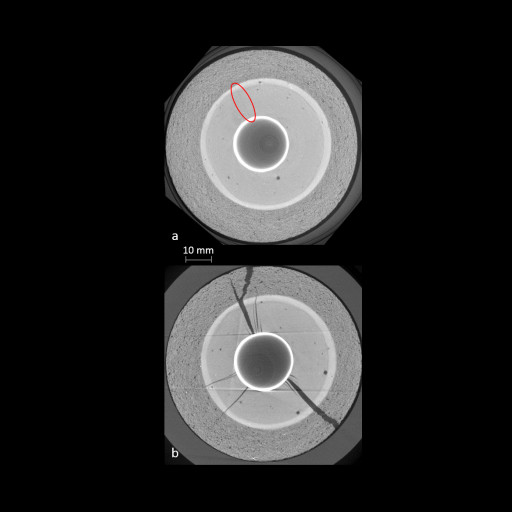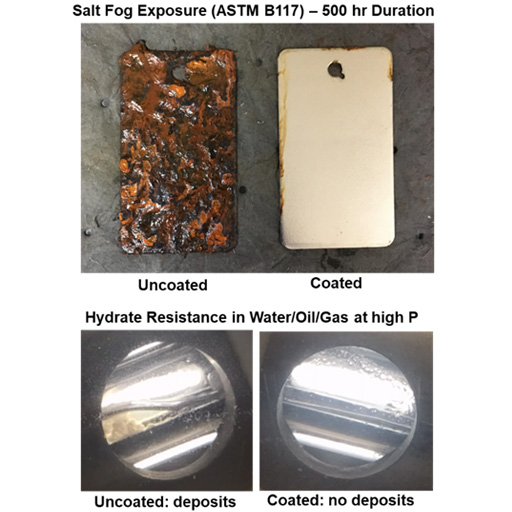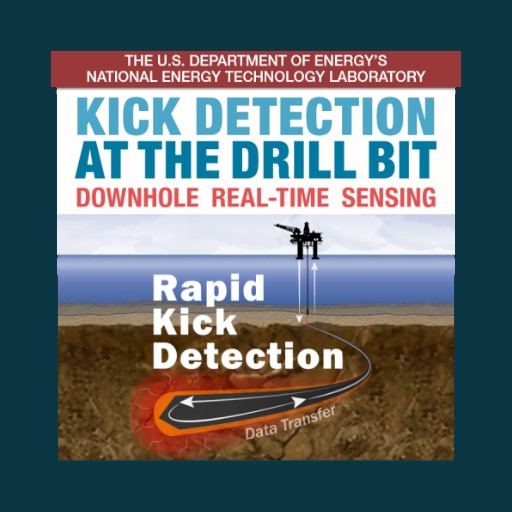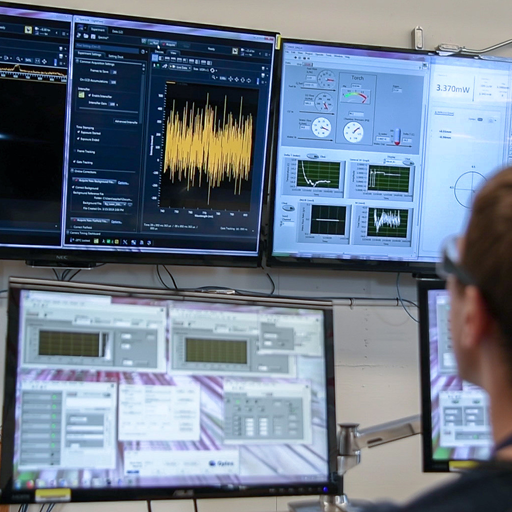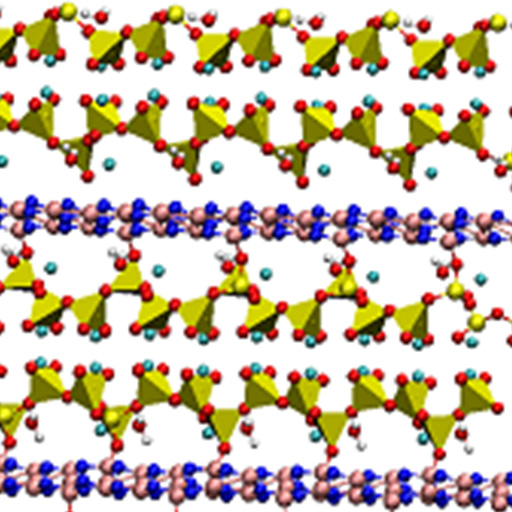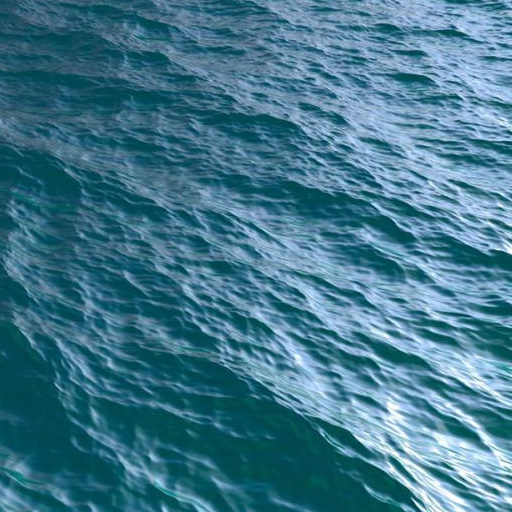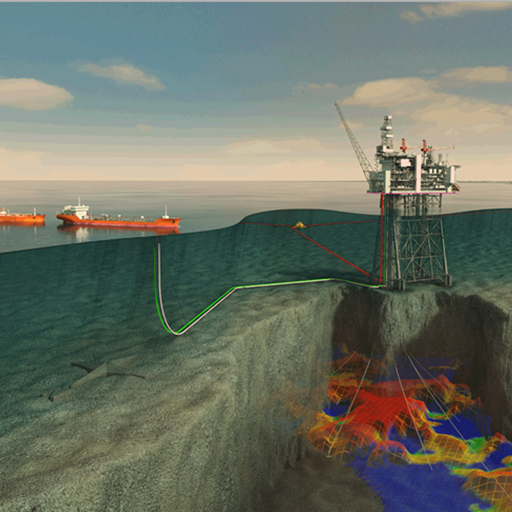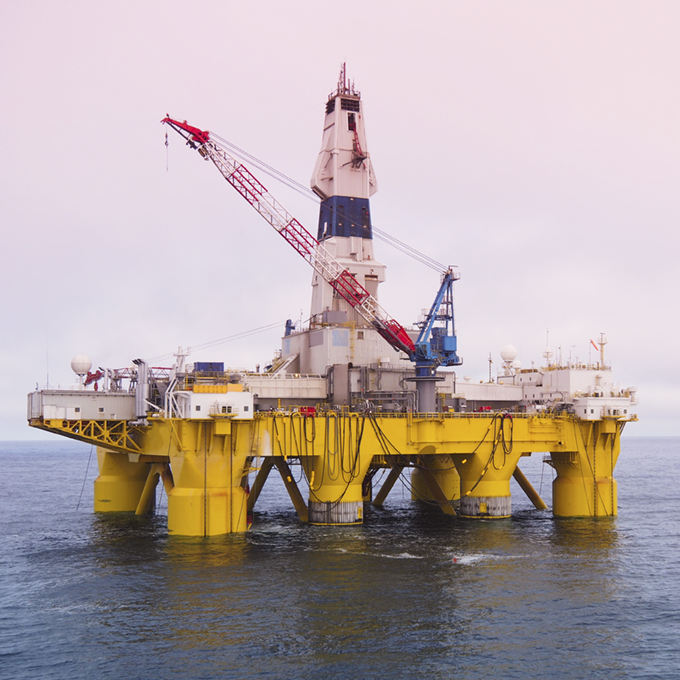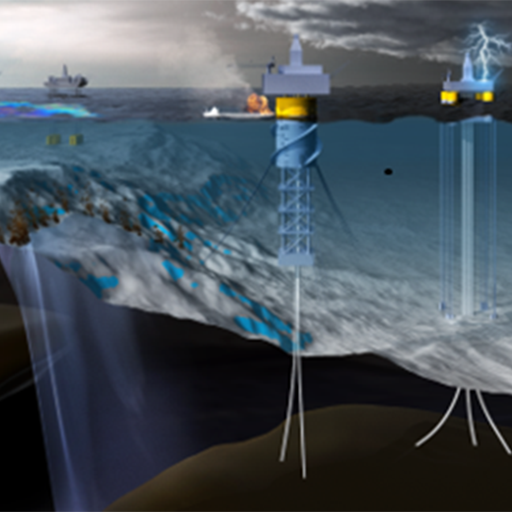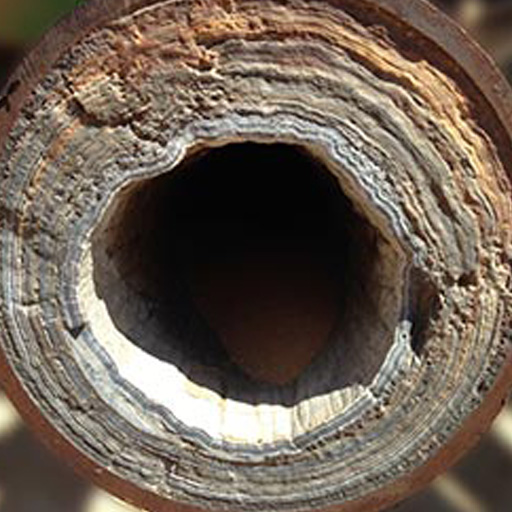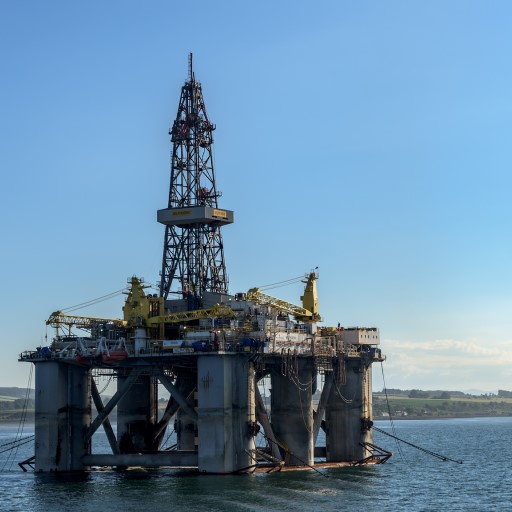The objective of NETL’s Advanced Offshore Research portfolio is to build the scientific understanding and assessment tools necessary to develop confidence in the safe, environmentally sustainable, and economic development of domestic oil and gas resources. The portfolio currently consists of six active projects that are working to improve understanding of near-term and long-term interactions between engineered (e.g., wellbores, pipelines, etc.) and in situ aspects of offshore hydrocarbon systems. Ultimately, this portfolio blends laboratory studies with field and advanced computational modeling to better prepare, predict and prevent costs and impacts associated with offshore hydrocarbon development. Through this research, NETL is advancing the state of knowledge and developing new technologies to prevent future deleterious events associated with extreme offshore drilling and production. Successful implementation of the portfolio’s research objectives will ultimately increase America’s domestic oil and gas supply, reduce our nation’s dependency on foreign imports, and address the environmental and social concerns associated with development. Current projects include:
Phase 1
NETL’s work in Phase 1 consisted of six projects that aligned to three primary areas of R&D:
- Offshore Materials Integrity – Research to improve the understanding of performance and use of metal alloys and lightweight cements used in offshore systems.
- Risk Reduction & Subsurface Uncertainty Reduction – Developed modeling and data systems, from subsurface to the shore, to support multi-variate and multi-system predictions to identify knowledge/technology gaps for spill prevention.
- Rapid Detection and In situ Characterization – Developed tools that facilitate rapid evaluation and assessment of risks and potential environmental impacts associated with offshore activities. These tools can be utilized by a variety of users, including regulators for permit/application assessments, researchers and policy makers to evaluate technology and/or current practices gaps, and government in the event of a spill which requires rapid, independent, and quantitative evaluations.
This research was accomplished through a combination of laboratory-based experimental and characterization studies, integration and interpretation of field-based datasets, and development and application of numerical simulators. The work was performed by an interdisciplinary team comprised of federal, contractor, and academic scientists and engineers.
Phase 2
Offshore infrastructure is key to all phases of offshore operations, spanning exploration and production through distribution. Offshore facilities and infrastructure in federal waters include more than 5,300 miles of pipelines, more than 7,100 risers and platforms, and more than 120,000 subsea installations and wellbores—spanning the sea surface to the subsurface in offshore settings. This infrastructure is exposed to some of the deepest, hottest, and chemically challenging geologic conditions. Optimization of new infrastructure to leverage new materials while reducing cost, and addressing challenges associated with aging offshore infrastructure, requires technology innovations.
Phase 2 of NETL’s Advanced Offshore Research portfolio expands on research previously conducted by NETL in Phase 1 of this program by targeting key knowledge gaps related to drilling in extreme offshore conditions through:
- Improving the ability to predict geologic hazards by identifying subsurface issues early with greater accuracy and faster response time;
- Preventing offshore incidents by managing and minimizing risks associated with drilling and production operations, aging infrastructure, and infrastructure reuse; and
- Minimizing drilling risks to prevent catastrophic offshore incidents and loss of life.
This research develops technologies and information in the public domain that can be used to assess and mitigate risks and costs associated with offshore oil spills prior to and during drilling and production operations. The technologies and advances made will prevent and reduce the impacts from deleterious events associated with offshore hydrocarbon drilling and production, while optimizing and improving the economic potential of domestic offshore hydrocarbon resources.




